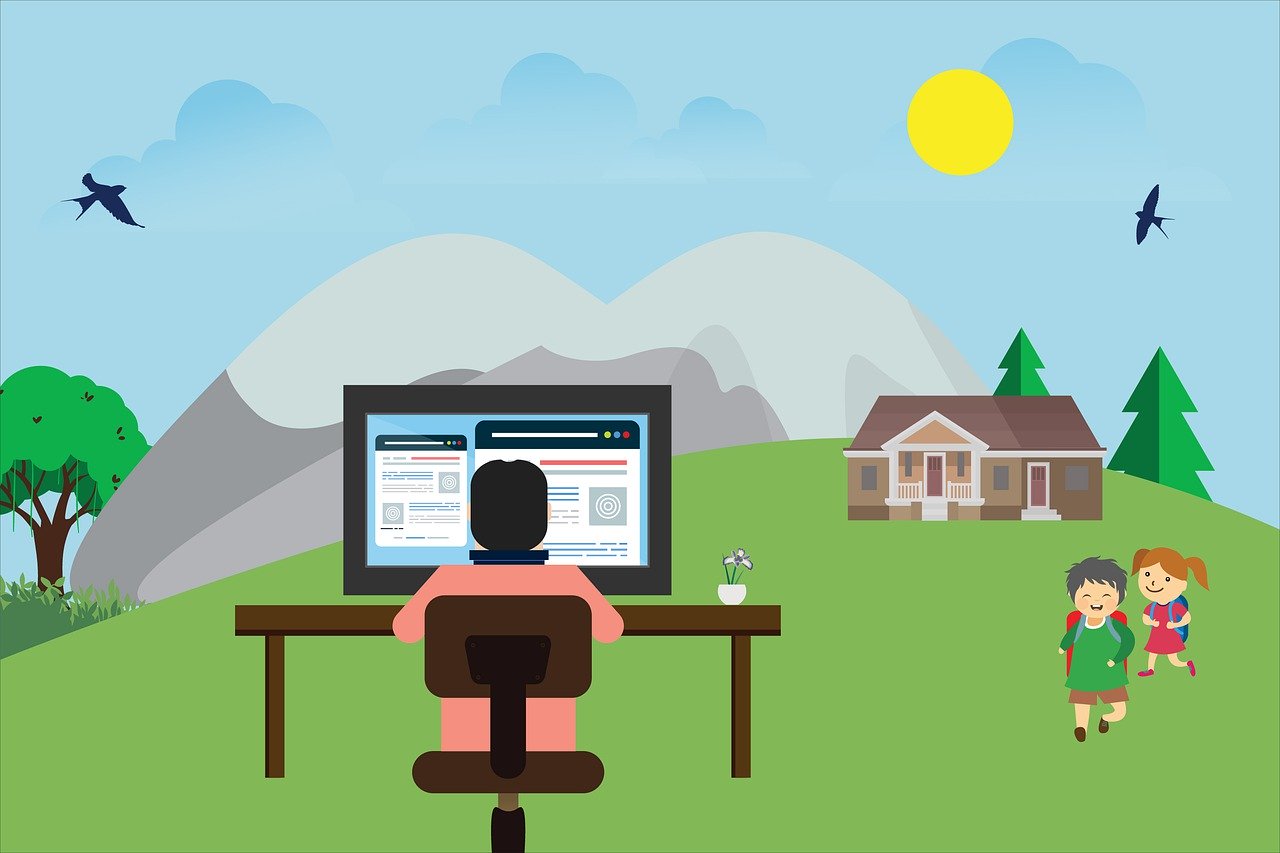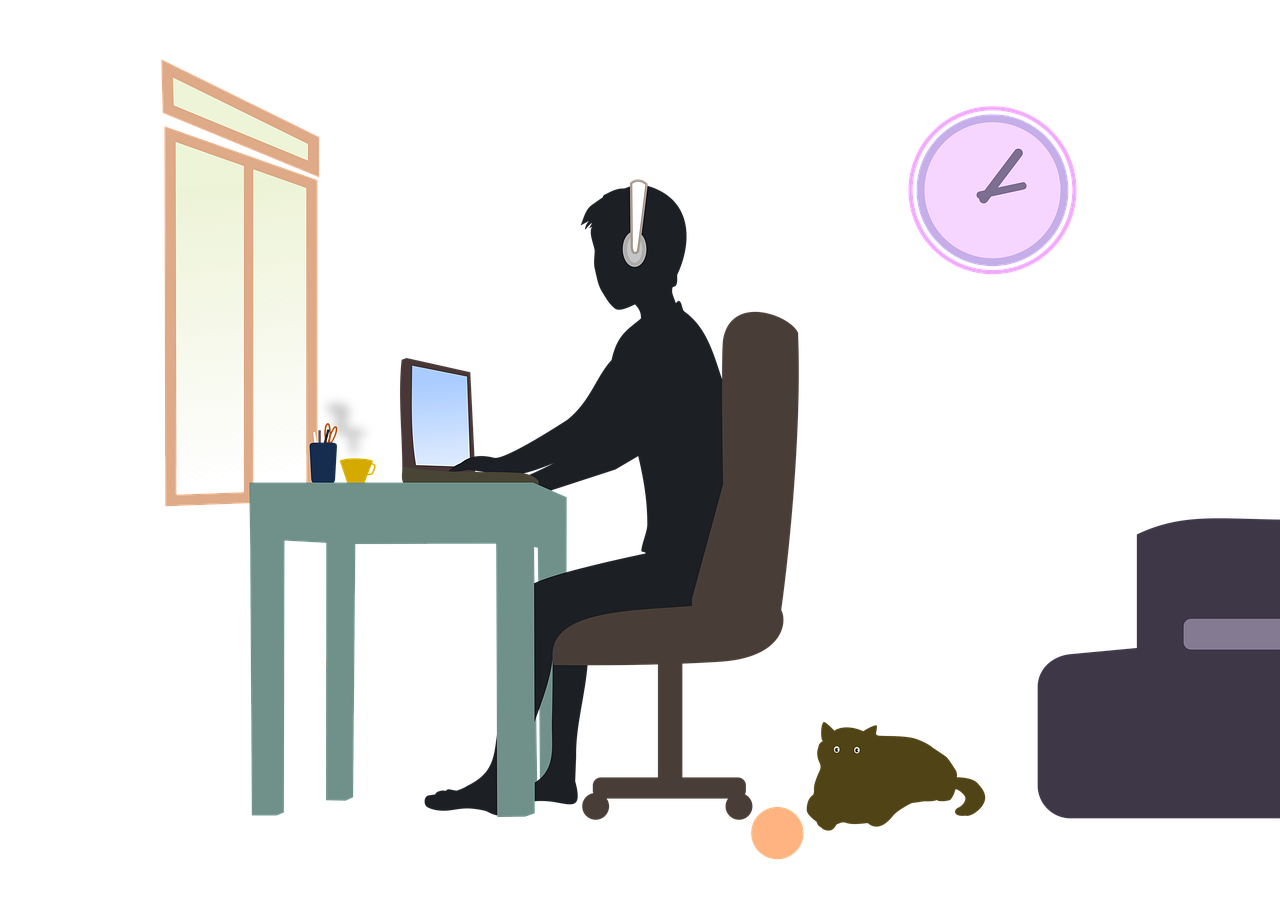The future of remote work and team collaboration

It’s never simple to predict how the future of work might look. Technological innovation moves at a breakneck pace, and we’ve already seen substantial changes to the way we work over the last decade or so. Since the start of the COVID-19 pandemic, businesses and other organizations around the world have been forced to make rapid changes simply to keep going. The sudden rise of remote work – which has already established itself as a key part of our ‘new normal’ – bears testament to this.
In the absence of an effective vaccine, we’re all going to have to learn to live with the virus as best we can, for now. One thing’s for sure: all this is going to have a lasting impact on the world of work. Even with social distancing measures in place, it’s going to be some time before many of us can return to the workplace. We can expect recent remote work trends, then, to continue on a similar trajectory. And even when all this does come to an end, it’s not clear that we’ll ever go back to the way things were before. The rise of remote working offers advantages to employees and employers alike, and a lot of them will be reluctant simply to revert to the old routine.
What we can expect is that those pre-pandemic trends will likely be accelerated and deepened. The pandemic has challenged many of the old common-sense assumptions we had about work. Most obviously, we’re learning that we can work productively even when we’re far apart – and that’s something which is sure to change the way employers think about working arrangements. Here we’ll take a look at what the future of work might hold in a post-coronavirus world.
Getting out of the office
The old assumptions about office-based working have been completely turned on their head by the ongoing pandemic. It’s unclear how long it’ll be before we can all get back to the office. It’s also becoming increasingly apparent that we might not need to. Office space, after all, is hugely expensive. We saw in the aftermath of the 2008 financial crisis that demand for office space nosedived (before subsequently recovering). With a potentially serious economic downturn looming, this is something we’ll probably see again.
What’s different this time, however, is that it’s more practical to work remotely than it was then. Obviously, there are still certain advantages to having dedicated office space. For one thing, it impresses clients. Secondly, it brings everyone together in the same place, which (at least on the surface) appears to simplify personnel management and more. But remote working is easier than it’s ever been before – an internet phone service, for example, can help everyone stay in close contact. Maintaining consistent remote connection is essential.

Office culture continues to change
Veterans of office working will be able to tell you just how dramatically their workplace culture has changed over the last decade (let alone from further back). Offices are much less hierarchical places to work than they used to be. It’s widely accepted that employees respond much better to more informal and laid-back working environments. Such arrangements encourage them to let their personality show and foster enhanced creativity as a result.
The ongoing shift to remote working is only likely to compound this pre-existing trend. Workplace hierarchies become harder and harder to sustain when people are working from different locations. This is a good thing for everyone. Less rigid working environments are more welcoming and more conducive to better work, as they create a freer atmosphere all round. However, it’s essential to ensure that everyone has the tools they need to do the job properly wherever they are – whether it be an all in one desktop app or other communication tools – in order for remote working arrangements to be practical.
What’s also changing about the workplace is the nature of teamwork. It’s widely recognized now that it’s very easy for teams to become siloed off. When individuals or groups shut themselves away it can greatly hinder effective collaboration across teams. The important point to remember is that there’s immense talent and knowledge throughout any workforce. Working environments, though, aren’t always conducive to letting that talent loose. So this is why changing workplace culture matters and – bringing us on to our next point – flexibility in workplace routines and structures matter too.

Flexible and welcoming workplaces
When we do return to the office (for those of us who do), it’s clear that they’ll need to be places where people actually want to work. We’re all familiar with the perks of office working, which have become widespread in recent years. Whether it’s Friday beers, movies and pizza, or video games in the breakout room, these changes have definitely done a lot to make offices more enjoyable places to be.
However, there’s more to it than that. It’s not just a matter of making offices more sociable and fun. It’s also about fostering a working environment where everyone can make the most of their own abilities. After all, however much we like to enjoy ourselves in the workplace, we are there primarily to work. So employers need to think carefully about how they might reimagine their offices. They must both take account of changing preferences and habits, and also facilitate the most effective collaboration between colleagues.
In addition to this, flexibility works in another way as well. We’ve already discussed the rise of remote working and its apparent popularity among employees. Rather than simply forcing people back to work as soon as it’s considered necessary, employers should continue to be flexible about their working arrangements.
In contrast to times past, we now recognize the importance of getting our work life balance right. For people with young children, for example, a traditional 9 to 5 routine is likely to be inconvenient. Allowing people to pick and choose when they work in the office and when they work at home makes sense. It not only gives them more freedom, but enables employers to get the most out of them when working.